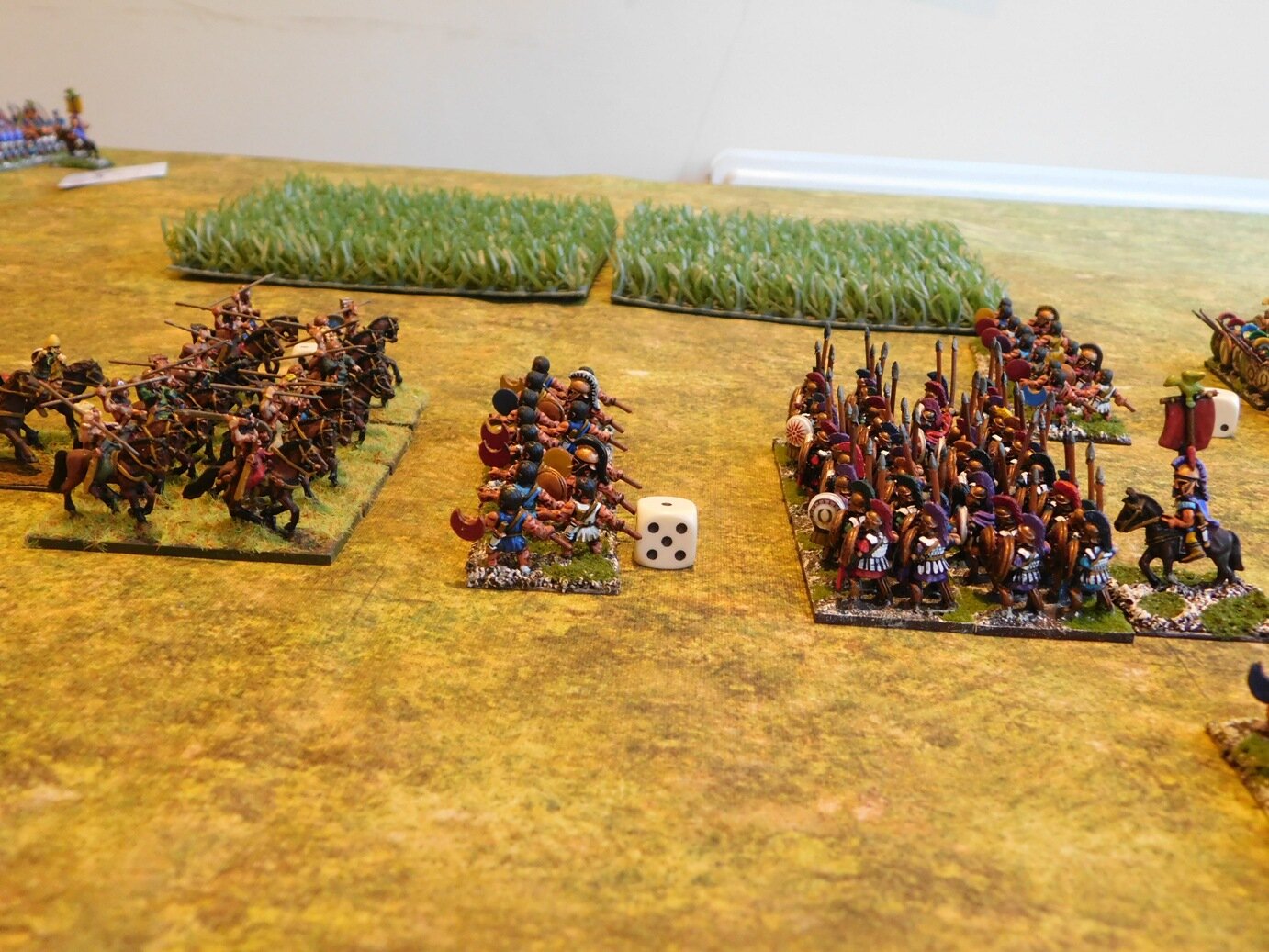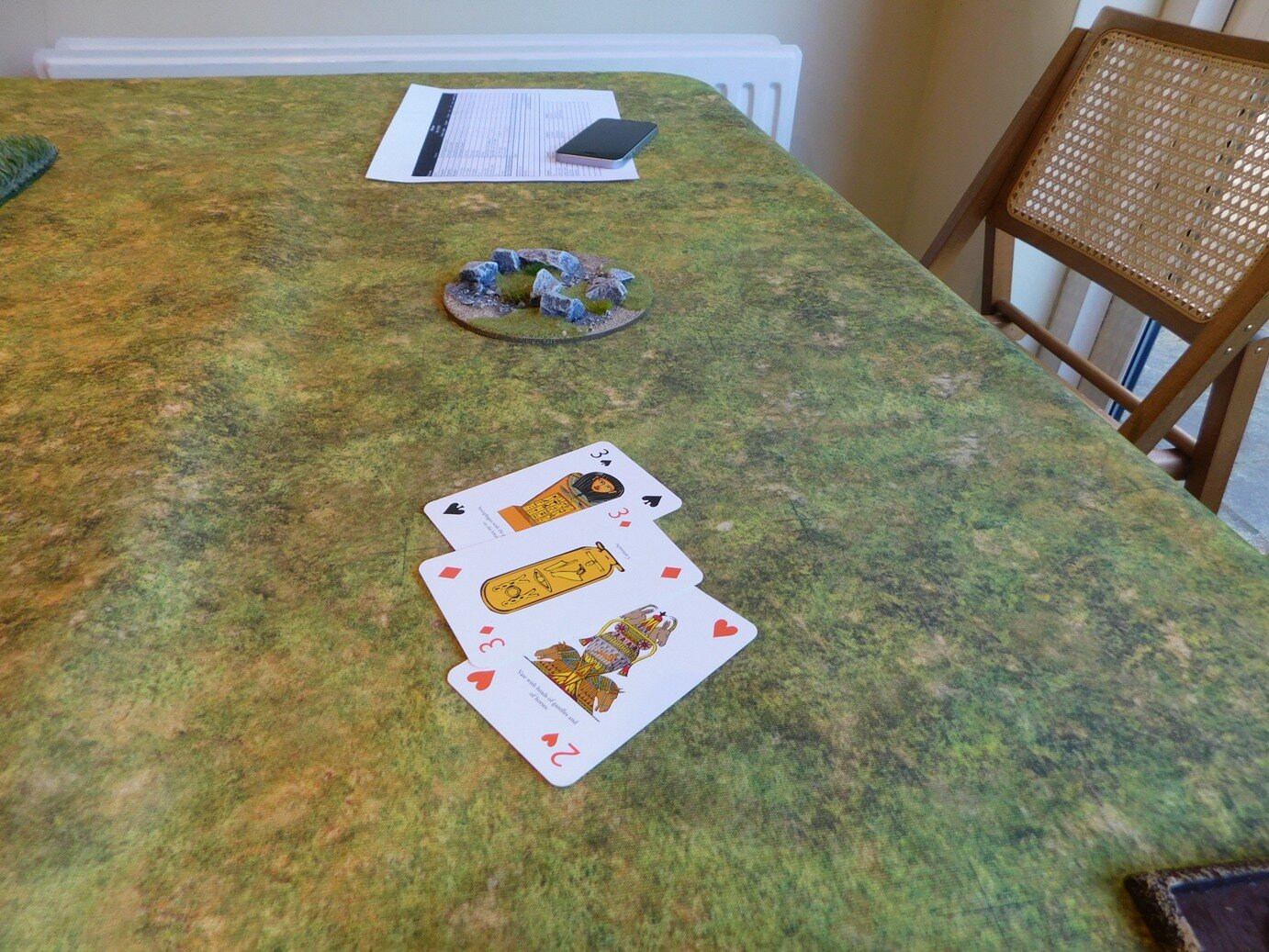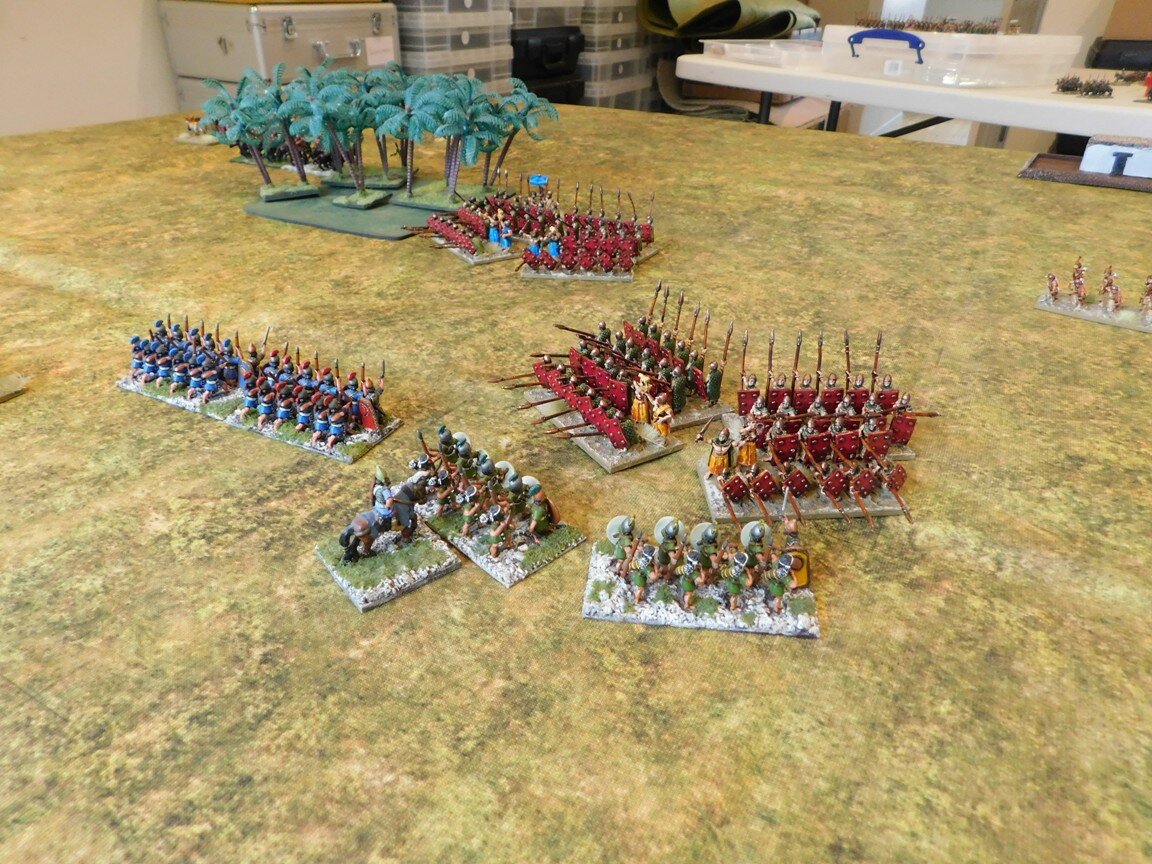Some nights it’s a board game, and having exhausted Monopoly, Cluedo, Scrabble, Trivial Pursuit etc we were looking for something different. That’s when the teenager spotted Warlord: that classic game of conquest and nuclear war.
Initially dubious (“it looks like a wargame, Dad”) we’ve now played a couple of games and eagerly added it to our regular stable.
I first played the game at school as a slightly smaller version of what you see here was released by Games Workshop in 1980 (when they were a “general [war] game” publishing and retail company) and bought my copy from the original designer, Mike Hayes, a couple of years ago.
It’s a game with incredibly simple mechanics (you can literally learn all the rules in five minutes) but a combat system that is fiendish in application. Here’s the description from Board Game Geek:
Gaining territories through combat is an elegant use of cunning and bluff. Instead of rolling dice, the attacker simply chooses with a single D6 how many pieces they wish to attack with (subject to restrictions based on terrain). The D6 is then concealed and the defender attempts to guess it. If they guess correctly the attacker loses that number of armies; if they guess wrongly one defender is lost, and if the territory is now left unoccupied the selected number of attacking pieces or greater are advanced into the territory to capture it.
The picture above shows the final position from last night’s game, played on the European map. The black counters represent areas that are now permanently uninhabitable due to radiation. As you can see, Spain and Central Europe got hit badly but, despite having the heart of her empire H-bombed, the pinks under daughter #1 took the day.
Highly recommended!






























































